Special report on Black Soul Sun Coffee beans in the Central Valley of Costa Rica-La Lajas Manor
Professional coffee knowledge exchange More coffee bean information Please pay attention to coffee workshop (Weixin Official Accounts cafe_style)
Finca Las Lajas Alma Negra
Costa Rica·Black Soul
Country: Costa Rica Fiscal year: 2003
Region: Central Valley
Altitude: 1300-1500M
Treatment method: sun treatment
Grade: SHB
Breeds: Kadura, Kaduai
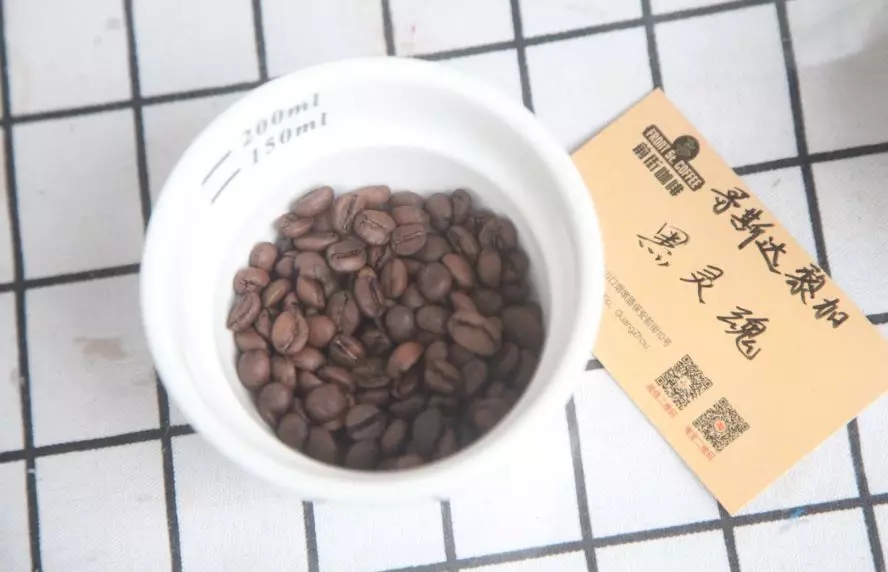
01| Production area

Costa Rica is located in Central America. It is the first country to introduce coffee into Central America. It has a long history and a complete coffee organization system from production to sales.
Because it is located in the Central American Isthmus, the volcanic soil is very fertile and well drained, especially in the Central Plateau, where coffee is grown in fertile volcanic ash, mild and suitable temperatures, and stable and abundant rainfall. Coffee has become one of the main agricultural products.
:: Central Valley

Altitude 1,200-1,600 meters, production season November to March, this region has three sub-regions, they are San Jose, Heredia, Alajuela.
There are three high-altitude volcanoes in the region: Irazu, Barva and Poas, which provide rich nutrients for the surrounding coffee producing areas. The microclimate, combined with the fertile soil of Poás and Barva volcanoes, gives the beans of this region excellent qualities, such as chocolate cocoa flavor, bright acidity and elegant aroma.
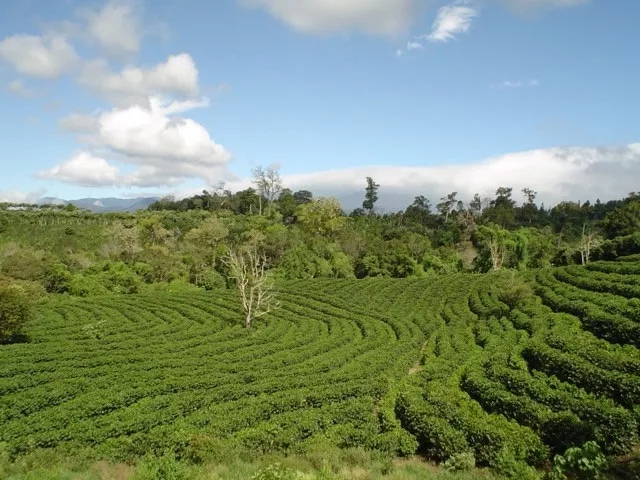
The Central Valley region was also the first coffee growing region in Costa Rica, and then moved to other regions to develop the country's coffee industry. The rainfall was moderate, the annual average temperature was 19 ° C, and the altitude was high. Therefore, the beans were hard and fragrant, smooth, high acidity, full of beans, and rich in aroma. The coffee in this region was the earliest coffee growing region in Costa Rica. Rich volcanic soil, sometimes with chocolate flavor. The front section is washed, and the rear section is collected and dried by machine at low temperature.
02 |About the Manor
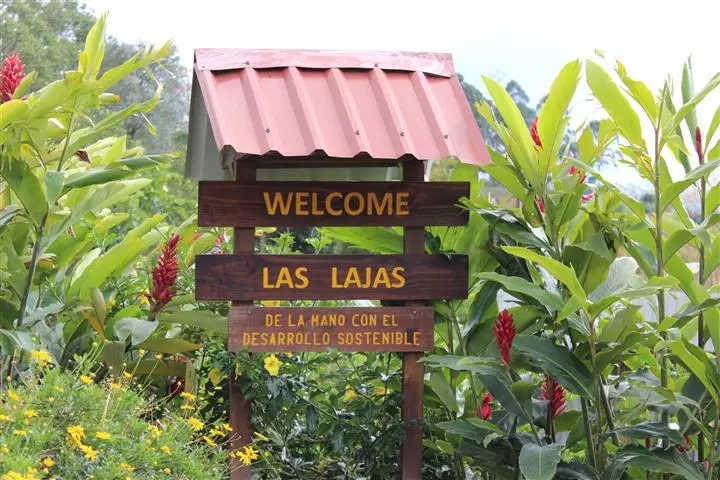
Among the fine sun and honey treatments that are quite popular in Costa Rica, Las Lajas Estate was one of the first estates to start systematic research and treatment, and has been a favorite coffee estate of global buyers for many years.
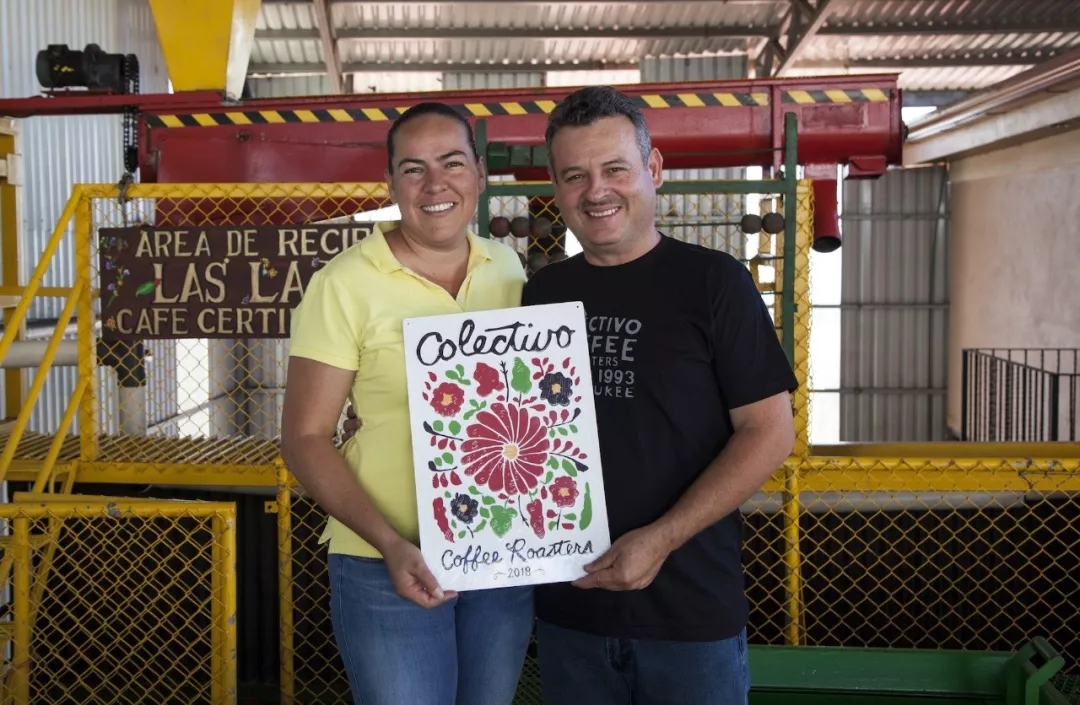
Las Lajas Estate is currently run by Francisca Cubillo, the third generation owner, and his wife Oscar. The estate is located in the Central Valley not far from the capital. It is quite close to Poas Volcano volcano. The altitude is between 1,250 and 1,500 meters. The annual output is about 55,200 kg.

Many years ago, Francesca wanted to improve the flavor of coffee on the estate. At that time, most coffee farmers in Costa Rica used traditional washing methods to supply the demand of American and European markets. Therefore, the owner began to study and improve many equipment in the estate to better meet the needs of sun and honey processing coffee.

At the harvest stage, the farm uses a sweetness detector (BRIX) to screen the coffee red fruits that meet the standard, and at the same time sets up its own washing station for coffee treatment, and finally places them on African shelves for subsequent exposure.

In Las Lajas estate, the estate owner divides the honey treated and sun treated coffee into a variety of different varieties by flavor performance. In the honey treatment method, Costa Rican farmers mostly control the residual pulp amount by peeling machines in washing stations, but Las Lajas estate decided to adopt another method, that is, to retain the highest proportion of pulp but control the exposure and stirring time on African shelves to present different coffee flavor performance. In honey processing, the plantation owner separates coffee into yellow honey, red honey and black honey.

At the same time, the manor owner strictly requires all processes to be planted and fertilized according to organic standards. The whole manor uses organic self-made compost, and the organic standards are extended to include soil, shade trees and washing treatment plant procedures. After many years of efforts, Las Lajas Estate has passed the Japanese JAS, the United States USDA and NOP organic certification.
03 |approach

Black Soul This bean is processed by sun treatment.
Harvested coffee berries are placed on African trellises in the early morning. They are turned regularly one day and exposed to sunlight one day until the moisture content is 11.5% under the shade of plastic cloth. The whole process takes about three weeks.
04 |green bean analysis
Black Soul This bean variety is the Kadura and Kaduai common in American beans.

Caturra is a natural variety of bourbon, discovered in Brazil in 1937, and its tree is not as tall as bourbon, but shorter. Due to the inheritance of Bourbon's bloodline, it has a weaker resistance, but its yield is higher than Bourbon's. Although found in Brazil, cadura is not suitable for growing in Brazil, so it is not cultivated on a large scale in Brazil, but is widespread in Central and South America, such as Colombia, Costa Rica, and Nicaragua.

Kaduai is an artificial hybrid of Kadura and Mondu Novo. Kaduai has a relatively good ability to resist natural disasters, especially wind and rain. Kaduai trees are relatively low, and compared to other coffee trees, kaduai fruit is longer and harder to pick, and the fruit is both red and yellow.
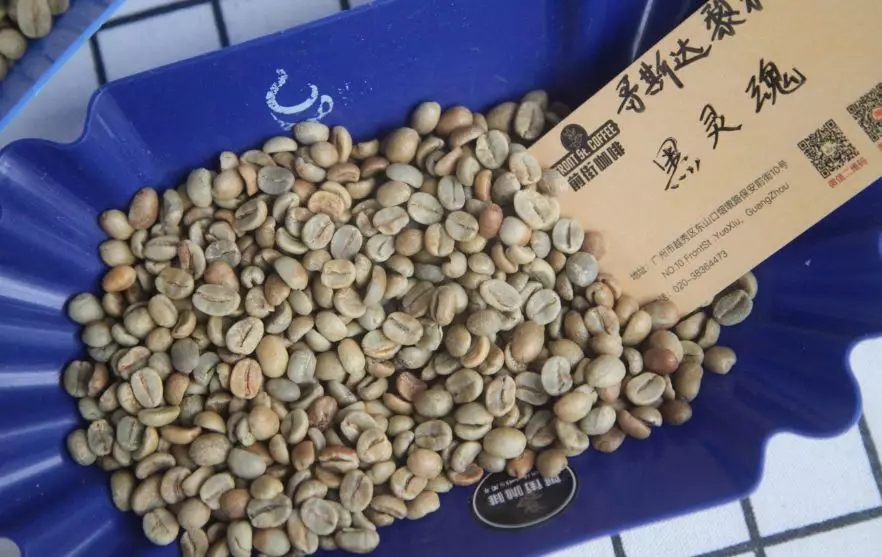
[Black Soul]'s raw beans were a typical yellow-green color after sun treatment. They smelled faintly of hawthorn acid.
05 |baking analysis
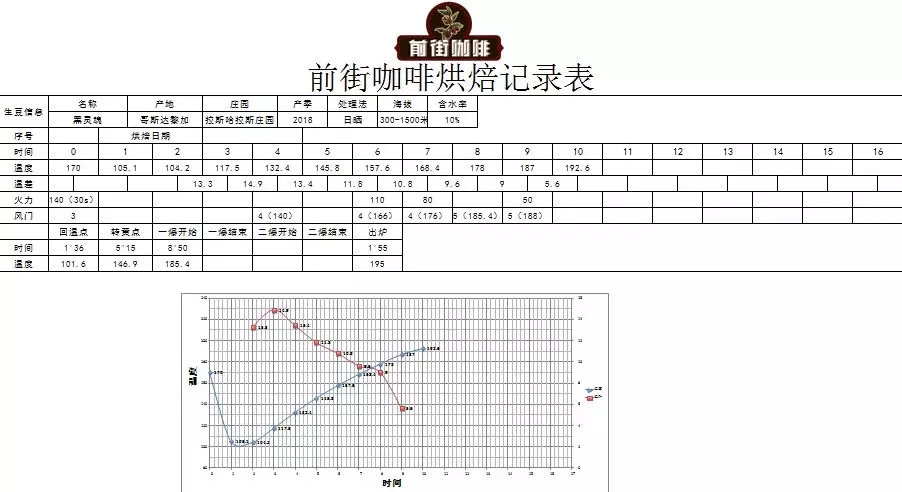
Baking machine Yangjia 800N semi-direct fire (baking capacity 300g)
Preheat the furnace temperature to 170℃ and put it into the pot. Open the damper for 3, 30 seconds and then turn the fire to 140 ℃; the temperature return point is 1 36"and the temperature is 101.6; when the fire is unchanged at 140℃, the damper is turned to 4. 5 15"turns yellow, grass smell disappears, enters dehydration stage, fire does not change, throttle remains 4.
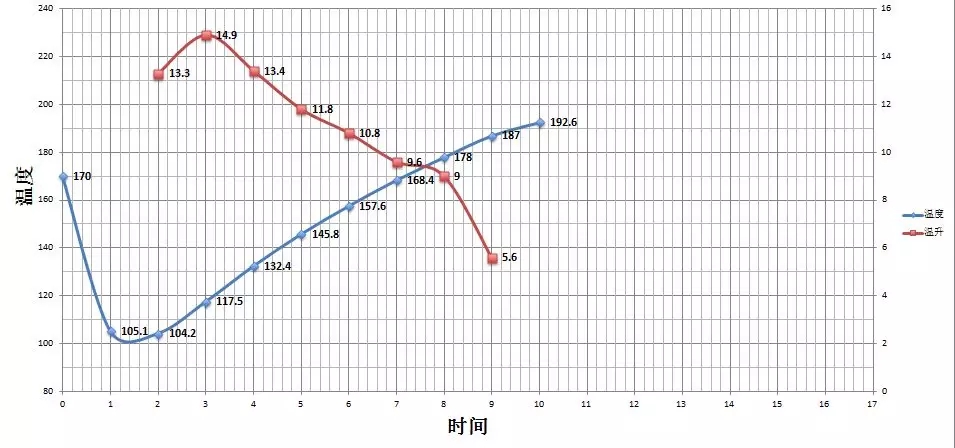
8 07"dehydration is complete, the bean surface appears wrinkles and black stripes, toast flavor to coffee fragrance, for a prelude to explosion, then pay attention to listen to the sound of an explosion." At 8:50, one blast, throttle open 5, constant fire. The development time after explosion is 1.55 ℃, and the temperature is 195℃.
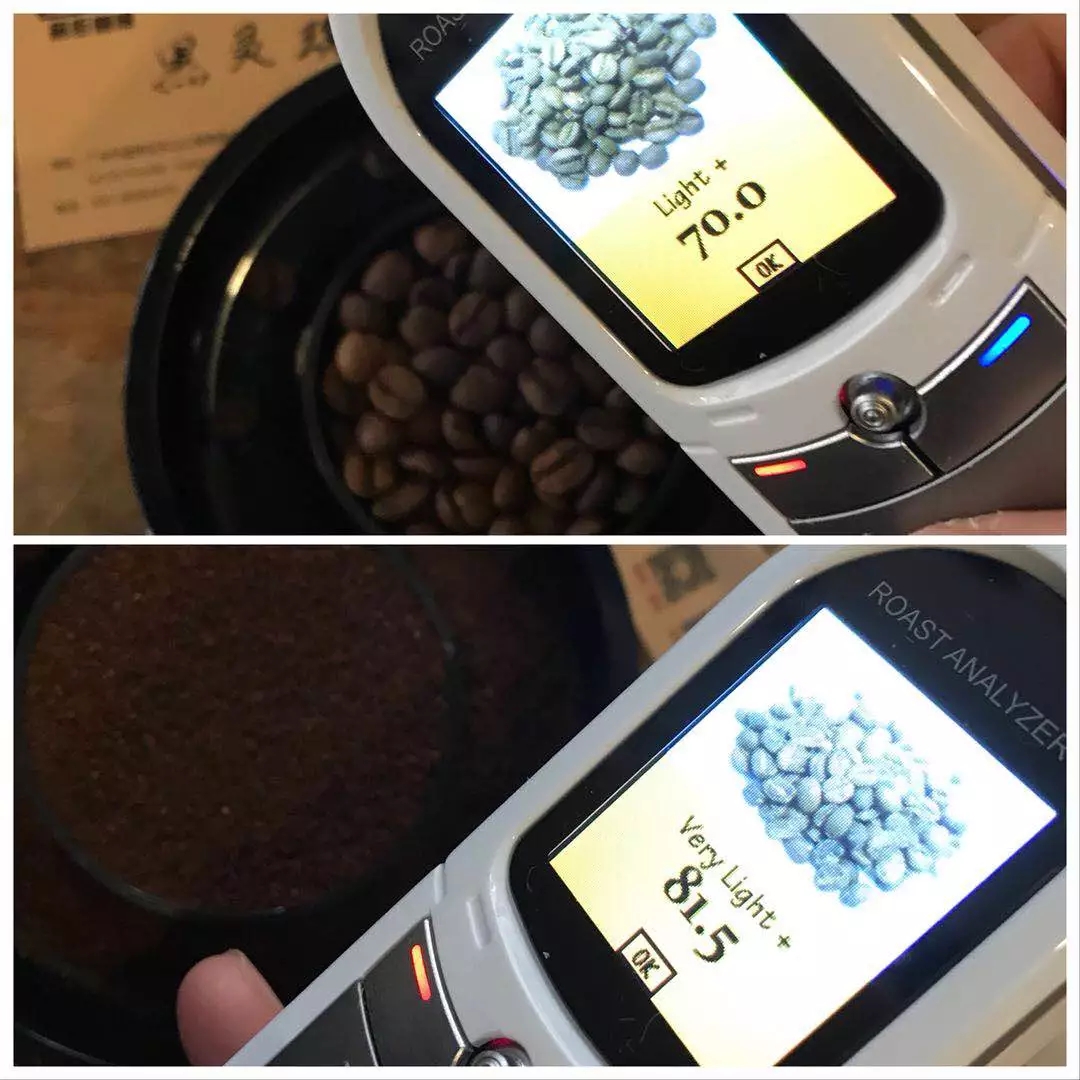
Agrton Bean Color is 70 (top), Agrton Pink is 81.5 (bottom), and Roast Delta is 11.5.
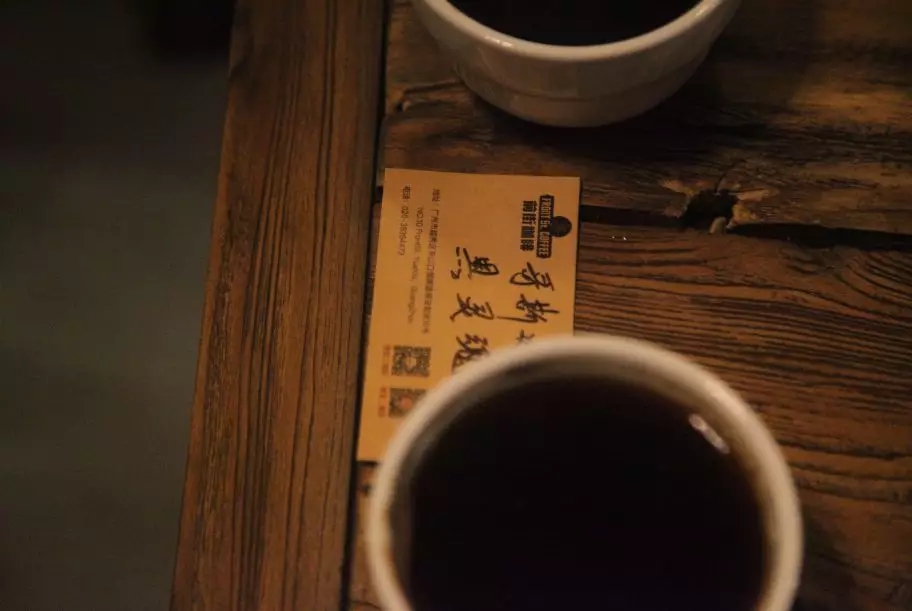

Flavor by cup: Fermented fruity, floral, citrus, plum, fruit tea. Sour and sour taste is obvious, juice feeling, overall balance.
06 |Brewing advice

Recommended cooking method: hand brewing
Filter cup: Hario V60
Water temperature: 90℃
Powder water ratio: 1:15
Grindability: BG 5R (58% pass rate of Chinese standard No.20 sieve)
Cooking method: 32 grams of water stewed for 32 seconds, water injection to 126 grams of subsection, such as the water level is about to expose the powder bed continue to water injection to 228 grams cut off water, water level is about to expose the powder bed removed filter cup,(stewing start timing) extraction time is 1 minute and 50 seconds.

Flavor: It smells of fermented wine and almond. The entrance is sour notes of dark plum, citrus and green apple. The middle part begins to emerge dark chocolate and nut flavor, and the tail part is light sugar sweetness. After the temperature drops, the entrance has tropical fruit-like sour and sweet taste. The middle part is creamy and honey-like sweetness. The finish has some fruit tea feeling.
[Siphon Pot]
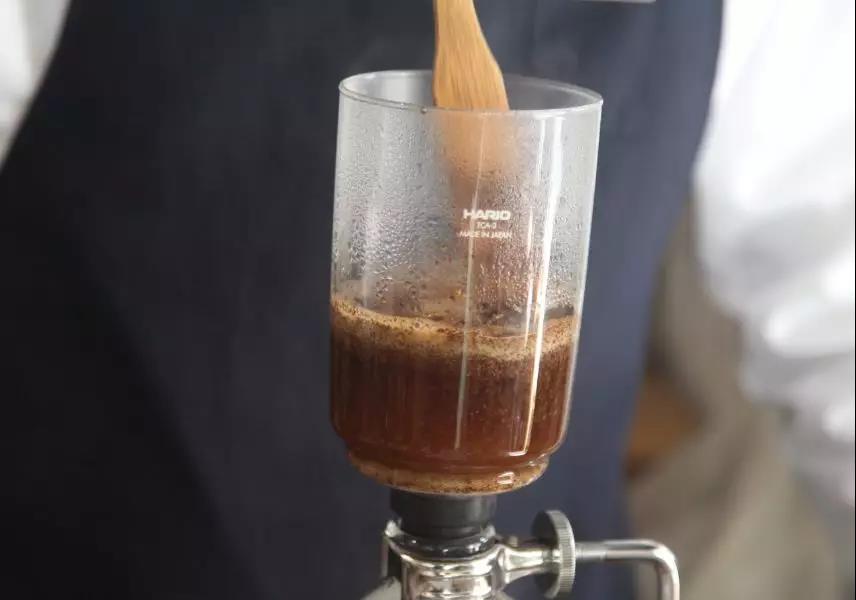
Unlike the V60 filter cup, the siphon pot is steeped, so the brewed coffee will be more balanced in flavor and taste more mellow.
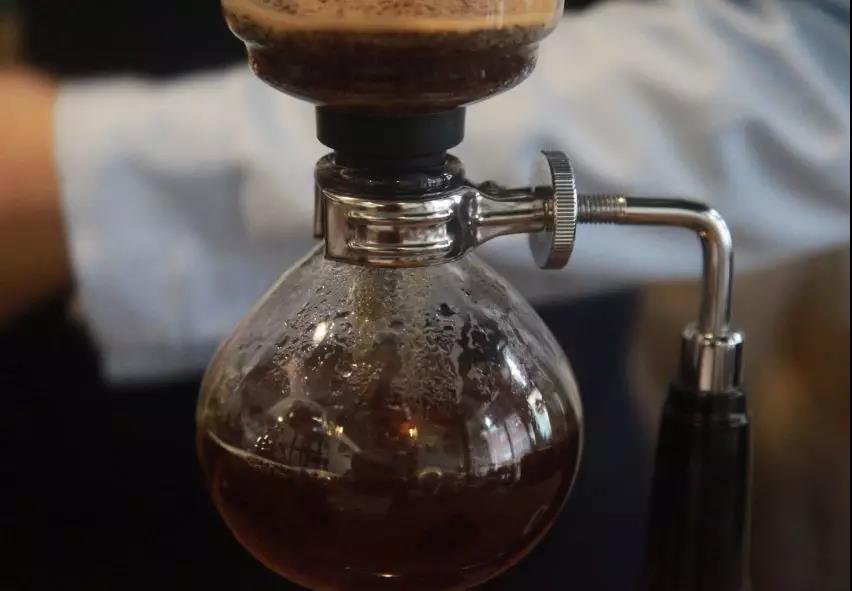
The main principle of coffee extraction with siphon pot is realized by pressure difference. First, the water in the lower pot is heated to boiling, and then inserted into the upper pot, so that the lower pot presents a high pressure state. Due to the pressure difference between the lower pot and the upper pot, the hot water goes up and mixes with the coffee powder in the upper pot and extracts it. After the extraction process, the fire source of the lower pot is removed, so that the pressure difference between the lower pot and the upper pot is reduced instantaneously. The siphon effect between the upper pot and the lower pot will promote the coffee extract to flow back to the lower pot.
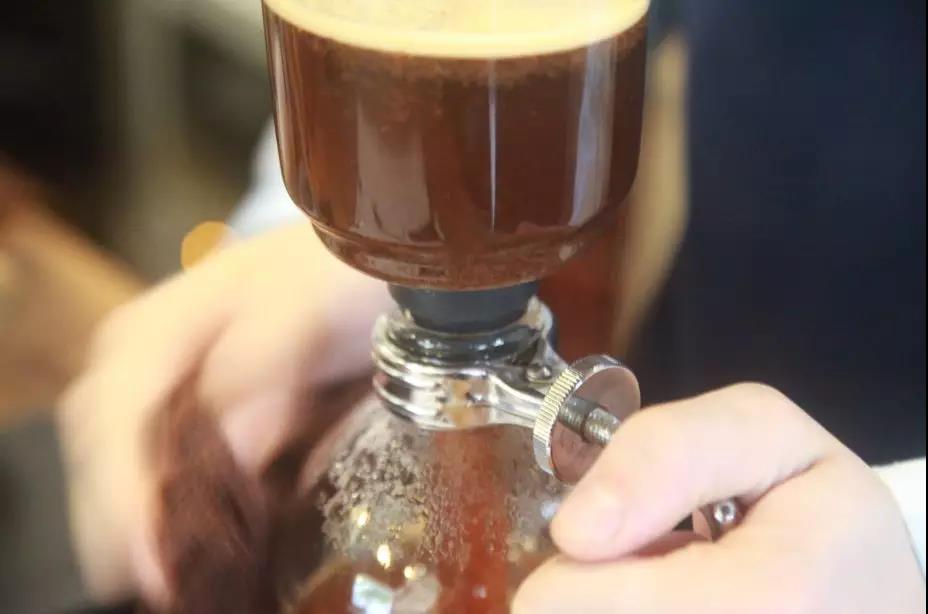
Parameters & methods: grinding degree: BG 5R (Chinese standard 20 sieve pass rate 58%), water temperature: 91℃, powder water ratio: 1:13.
After the water in the next pot reaches the top pot, pour 20 grams of powder and stir to allow the coffee powder to fully contact with the hot water. Stir three times at 35 seconds to increase the extraction of the coffee. Remove the fire at 55 seconds and stir two times. The time for the coffee to flow back to the next pot is 1 minute and 38 seconds.
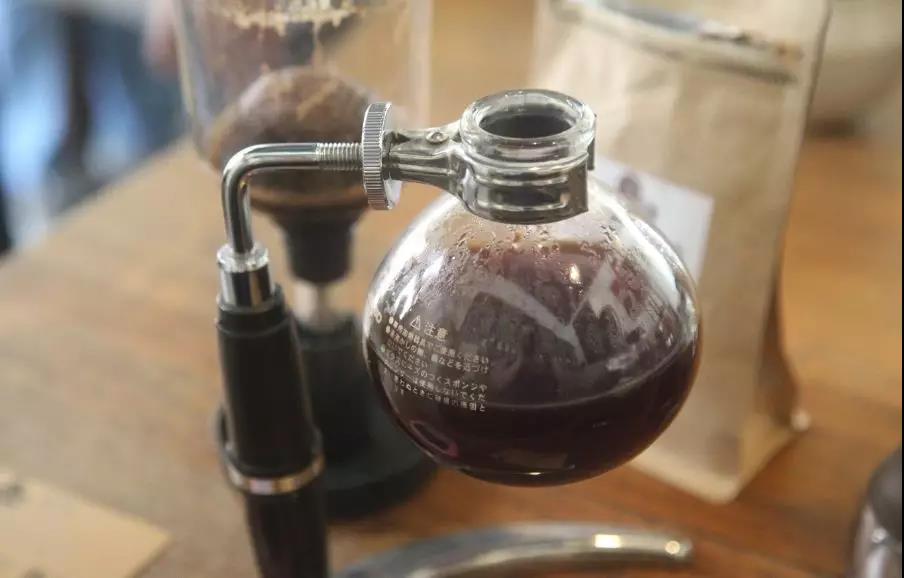
Flavor: It smells of clear fermented fruit, citrus, blueberry, grapefruit, raspberry flavor in the mouth, with some wine chocolate sweet feeling in the middle, the aftertaste is black rice tea fragrance, after the temperature drops down, the acid tone of dark plum is obvious, sucrose returns sweet for a long time.
[Philharmonic Pressure]
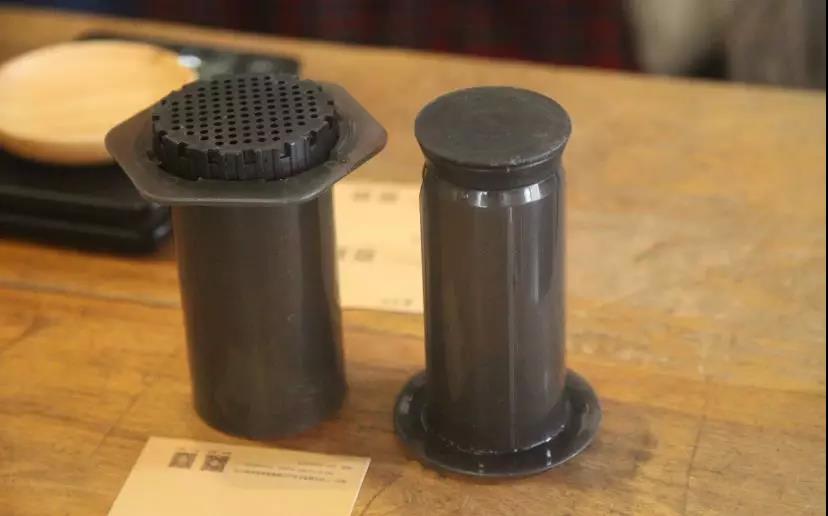
The playability of this instrument can be said to be quite high! After all, the Philharmonic press combines the principles of French press infusion, filter paper filtration for hand-brewed coffee, and espresso pressure extraction.
Through pressure extraction, you can combine the richness of espresso coffee, the purity of hand-brewed coffee, and the smoothness of French press pot. And through the back pressure and positive pressure of these two different pressure methods to make coffee is also each has its own characteristics.
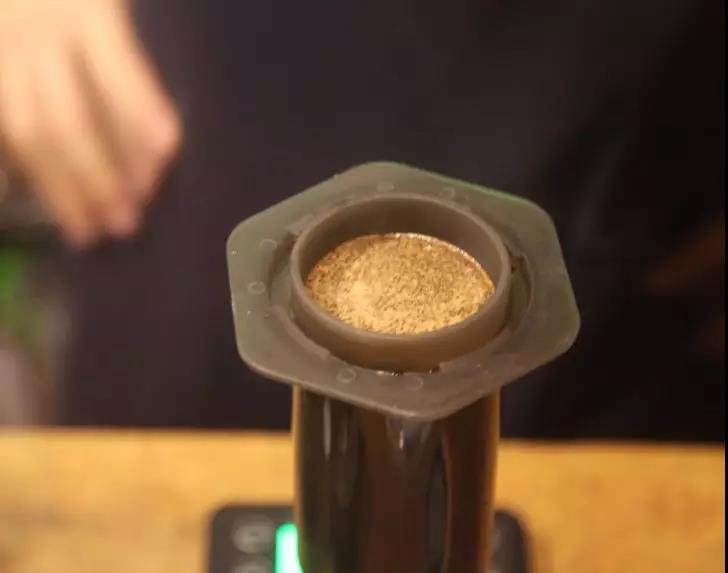
Parameters & methods: grinding degree: BG 5R (Chinese standard 20 sieve pass rate 58%), water temperature: 90℃, powder water ratio: 1:15.
Take the method of back pressure, pour 15 grams of powder and directly inject water to 225 grams of water, stir for three rounds to make the coffee powder fully contact with hot water, stir for one minute to increase extraction, and reverse the pressure at one and a half minutes. The overall extraction time is two minutes.
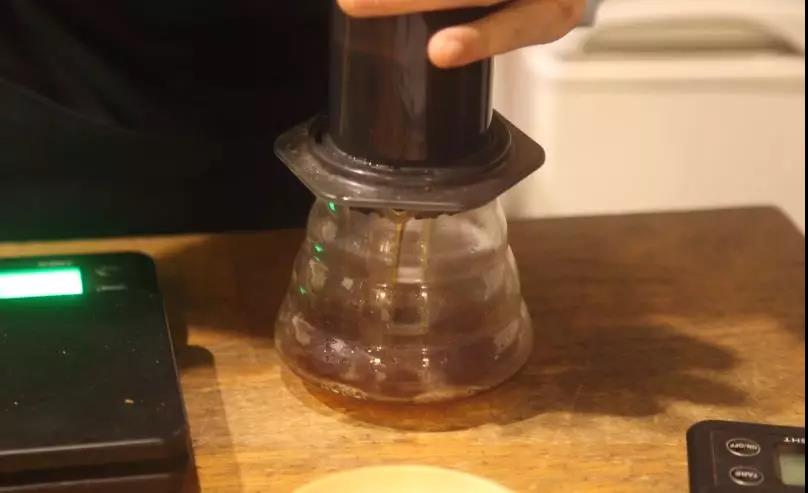
Flavor: Aromas of spice and fermented fruit, cocoa, cream and lime notes on the palate, citrus, plum and grapefruit notes when the temperature drops, and hazelnut aftertaste.
END
Important Notice :
前街咖啡 FrontStreet Coffee has moved to new addredd:
FrontStreet Coffee Address: 315,Donghua East Road,GuangZhou
Tel:020 38364473
- Prev
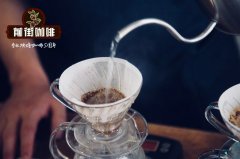
Kona coffee beans are of good quality? Kona coffee beans are hand brewed? Kona coffee beans have what brand?
Professional coffee knowledge exchange More coffee bean information Please pay attention to coffee workshop (Weixin Official Accounts cafe_style) Only high-quality Arabica coffee beans produced in Hawaii Kona region can be legally named Kona coffee beans. At present, Kona coffee beans have become one of the most popular and expensive coffee beans on the market.
- Next
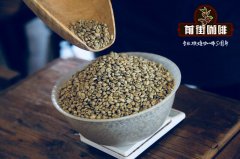
Introduction to kona Coffee beans: how to Bake kona Coffee beans? what degree of roasting is good? kona Coffee beans
Professional coffee knowledge exchange more coffee bean information please follow the coffee workshop (Wechat official account cafe_style) do you know that of the 20 million pounds of Hawaiian Kona coffee beans harvested each year, only 2 million pounds of coffee is grown in Hawaii's local Kona? The terrible truth is that most Kona coffee drinkers in the world don't know that they are drinking a kind of coffee containing 90%.
Related
- Detailed explanation of Jadeite planting Land in Panamanian Jadeite Manor introduction to the grading system of Jadeite competitive bidding, Red bid, Green bid and Rose Summer
- Story of Coffee planting in Brenka region of Costa Rica Stonehenge Manor anaerobic heavy honey treatment of flavor mouth
- What's on the barrel of Blue Mountain Coffee beans?
- Can American coffee also pull flowers? How to use hot American style to pull out a good-looking pattern?
- Can you make a cold extract with coffee beans? What is the right proportion for cold-extracted coffee formula?
- Indonesian PWN Gold Mandrine Coffee Origin Features Flavor How to Chong? Mandolin coffee is American.
- A brief introduction to the flavor characteristics of Brazilian yellow bourbon coffee beans
- What is the effect of different water quality on the flavor of cold-extracted coffee? What kind of water is best for brewing coffee?
- Why do you think of Rose Summer whenever you mention Panamanian coffee?
- Introduction to the characteristics of authentic blue mountain coffee bean producing areas? What is the CIB Coffee Authority in Jamaica?

